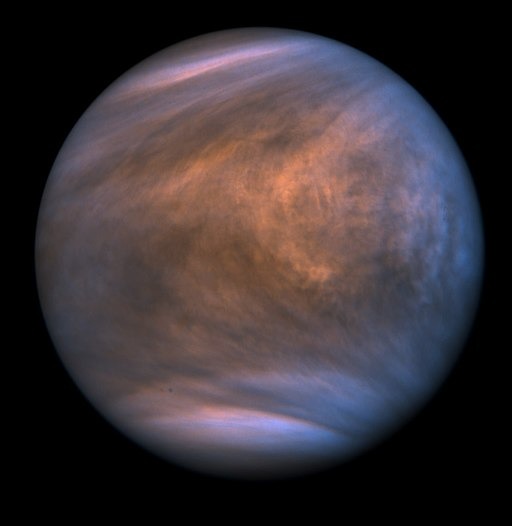
The hunt for life elsewhere in our solar system has long been focused on Mars. Our other near neighbour, Venus, is generally viewed as an unlikely cradle of life. There is plenty of water in its atmosphere, but 200km/h winds rage around the plant and with a 96 per cent carbon dioxide content, the planet is ravaged by a runaway greenhouse effect, driving the surface temperatures up to over 450°C. Which was why it was with some excitement that an international group of astronomers announced tell-tale signs of life in the dense sulfuric clouds of Venus.
The team of astrobiologists trained the Atacama Large Millimeter/submillimeter Array in Chile and the James Clerk Maxwell Telescope in Hawaii on the clouds of Venus. High in the Venusian atmosphere, they found light was being absorbed at wavelengths (known as spectral lines) that corresponded to phosphine. This poisonous gas seems like an unlikely tell for life, but Venus’s hostile atmosphere ought to break it down quite rapidly. So, the explanation must be some process that is continually replenishing it.
There is no known geological chemistry that produces phosphine. But we do know that anaerobic life, here on Earth, frequently creates the gas. So maybe, miles above the surface of Venus, away from the surface’s scorching temperatures, float simple alien microbes, steadily producing phosphine?
The idea that life might exist in one of the most hostile planets in our solar system is tantalising. If life can find a niche within Venus’s sulfuric clouds, maybe it exists in other unconsidered environments.
Unfortunately, the story doesn’t end here. As is the way of science, other groups have taken a look at the Venusian phosphine paper. Teasing out signs of a particular molecule in the atmosphere of alien worlds is far from simple. Spectral lines from various chemicals overlap, the telescope data is noisy and the mathematical process used to reduce that noise can create false signals. All of which means, as yet, no one else has managed to replicate the analysis presented in the original, high-profile publication. It’s perhaps unsurprising that these less glamorous updates have not been as well publicised.
This piece is a preview from the Witness section of New Humanist winter 2020. Subscribe today.

